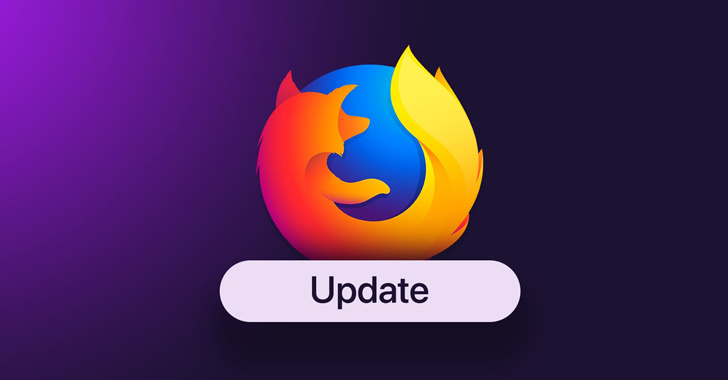- cross-posted to:
- cybersecurity@lemmy.capebreton.social
- cross-posted to:
- cybersecurity@lemmy.capebreton.social
Summary
-
Mozilla has released security updates for Firefox and Thunderbird to fix a critical zero-day vulnerability that has been actively exploited in the wild.
-
The vulnerability, tracked as CVE-2023-4863, is a heap buffer overflow flaw in the WebP image format that could allow an attacker to execute arbitrary code on the victim’s computer.
-
The vulnerability is suspected to target individuals who are at an elevated risk, such as activists, dissidents, and journalists.
-
Mozilla has released Firefox 117.0.1, Firefox ESR 115.2.1, Firefox ESR 102.15.1, Thunderbird 102.15.1, and Thunderbird 115.2.2 to fix the vulnerability.
-
Google has also released a fix for the vulnerability in Chrome.
Additional Details
-
The WebP image format is a modern image format that is designed to be more efficient than other image formats, such as JPEG and PNG.
-
The heap buffer overflow vulnerability occurs when Firefox or Thunderbird attempts to decode a specially crafted WebP image.
-
The vulnerability could allow an attacker to execute arbitrary code on the victim’s computer by tricking them into opening a malicious WebP image.
-
Mozilla and Google have been working to fix the vulnerability since it was reported to them.
-
The security updates have been released for all supported versions of Firefox and Thunderbird.
-
Users are advised to update their browsers as soon as possible to protect themselves from this vulnerability.



Are there ways to test if a webp is malicious? Besides “Open it and see if you got infected”?
Clarification: I consider any file that causes this overflow as malicious, regardless if it carries code or not.
It could theoretically be detected by a script, but that’s more work than just updating.